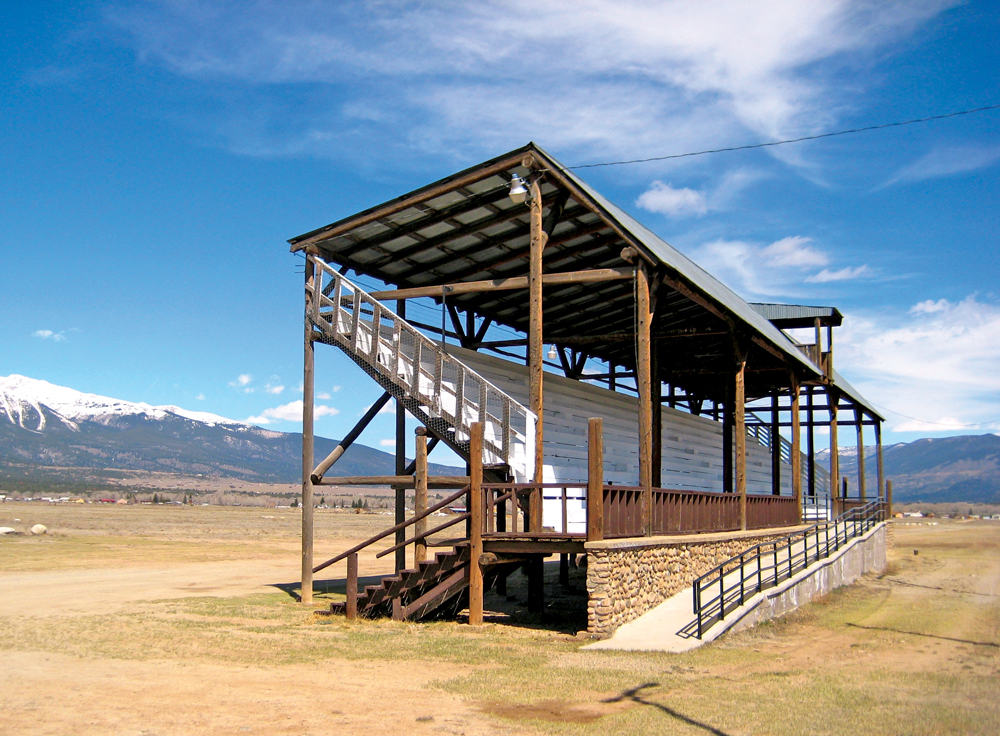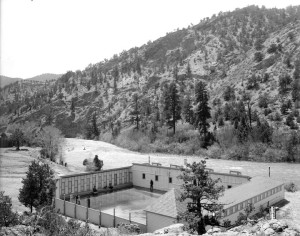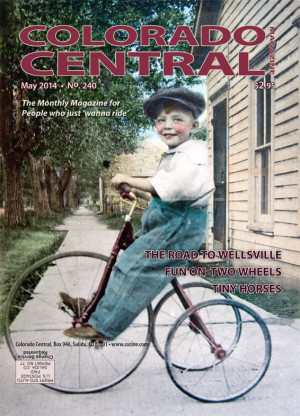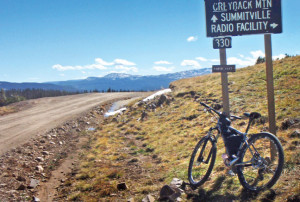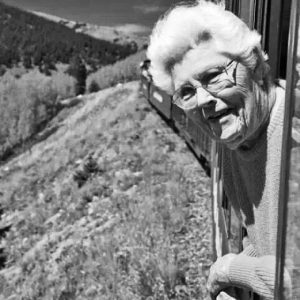By Fay Golson
Rodeos are a window into the past and an indelible part of our American culture. Evidance of this can still be found at the Buena Vista Rodeo Grounds, located on 27.2 acres, 1.8 miles southwest of town.
As is well known, the rodeo was not developed as a sporting event, but arose from the performance of utilitarian tasks. These tasks were an integral part of cattle-ranching in areas of Spanish influence in the west, where skills learned from the vaqueros set the stage for an enduring sport.
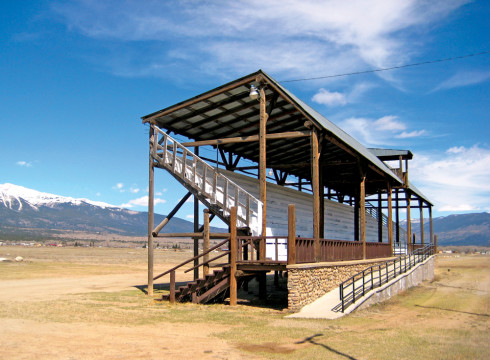
After the U.S.-Mexican War in the 1850s, ranches began competing in set ranch duties such as tie-down roping, team roping, and bronco riding. These events soon appeared at racetracks, fairgrounds, and festivals of all kinds. In North Platte, Nebraska in 1882, William F. Cody (Buffalo Bill) devised the first major rodeo and the first Wild West Show. The touring Wild West Show dominated his interests, and he left other entrepreneurs to create what became the professional rodeo. Until the 1920s, the word “rodeo” was only occasionally used for American cowboy sports. Frontier days, stampedes, and cowboy contests were the prevalent names from the 1880s through the 1920s. Professional cowboys did not officially adopt the term until 1945.
After World War I, the Arkansas Valley experienced a boom in agriculture with the production of head lettuce, peas and other vegetable products. The rodeo in Buena Vista evolved from the Head Lettuce Day celebration. September 4, 1922 marks the first celebration of this one-day event. According to Harry A. Epperson in Colorado As I Saw It, it included a picnic on the banks of the town lake as well as foot and horse races. The Front Range Research Associates (FRRA) writes, “The celebration reported in the local newspaper in 1922, included a barbeque and a baseball tournament, as well as a stock show featuring some of the Colorado Reformatory’s animals.” With its splendid success, it was proclaimed an annual event, and the Head Lettuce Day Rodeo Association was formed with Harry Epperson serving as its 25-year chairman.
The events were expanded to include displays of farm produce, a parade, fireworks and a dance, with the original events, stock show, baseball games and horse and foot races, still included. FRRA reports “In 1925, the county fair was held in conjunction with Head Lettuce Day. The event grew in scope, with a grandstand and race track for horses built a short distance northeast of the current rodeo grounds.” Rodeo and racing soon became the main stimulus for the event then known as “The Best One Day Rodeo in Colorado.”
It was in 1940 that a grant from the federal Work Projects Administration (WPA) was received by the town of Buena Vista in order to construct a 400-seat grandstand, corrals, chutes, barns, and improvements to the racetrack and fences. The FRRA writes, “The total project cost was $ 12,083, with $1,245 contributed by the Buena Vista Head Lettuce Rodeo Association.” Completed in September 1940, the improvements began to attract a larger number of cowboys. Epperson recounts, “The bucking and roping contestants are men that enter all of the large rodeos of the west.”
The rodeo in Buena Vista continued to thrive. The Lions Club was responsible for operations beginning in the 1960s. For his many contributions to the rodeo, Will Hallock became known as Mr. Buena Vista Rodeo. Wearing his large Stetson hat and holding an American flag, Will led many rodeo parades to kick off the celebrations. Don Hoover, with 51 years of rodeo involvement, explained that horse racing became too burdensome and was dropped from the activities 18 or 20 years ago.
“Beginning in the 1990s, the Collegiate Peaks Rodeo Association organized the rodeo with sponsorship from the Lions Club and American Legion and affiliation with the Colorado Rodeo Cowboy Association,” reports FRRA. During this decade, lights were added for nighttime events. Numerous improvements have been made over the last 25 to 30 years, according to Don Hoover. The grounds are now owned by the town of Buena Vista.
For the purpose of this survey, the 1940 grandstand is the one structure which retains its original materials and overall design. It is significant in these categories for National Register of Historic Places documentation; in the area of Entertainment/Recreation for its association with the rodeo, and Architectures as an example of WPA Rustic design. Local historian Suzy Kelly sums up the importance of the rodeo when she states, (the rodeo) “is truly a community effort and appreciated by all.”
Fay Golson is a preservationist, artist and aspiring writer living in Chaffee County, an area brimming with historic resources. She has authored several National Register of Historic Places Nominations and now can be found in her Salida art studio or among the stacks at the Salida Regional Library, frantically searching for historic references.
Chaffee County Historic Resources Survey Series, Number 10, By Fay Golson for The Chaffee County Heritage Area Advisory Board.

